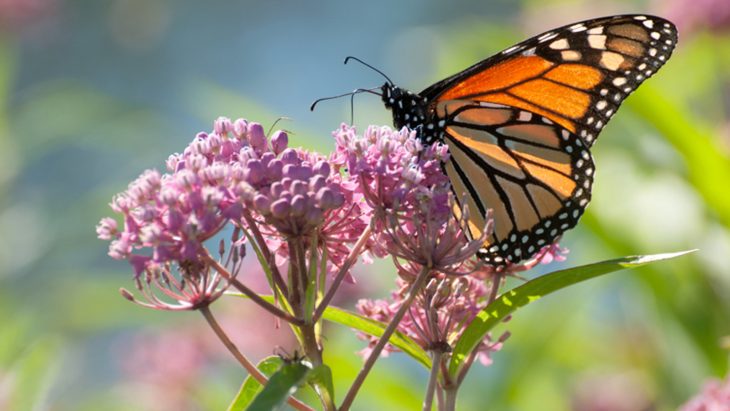
Imagine your garden bursting with vibrant colors and fluttering wings. Wouldn’t it be amazing to create a haven for butterflies right in your backyard? Butterflies not only add beauty but also play a crucial role in pollination. To attract these delicate creatures, you need the right plants. From nectar-rich flowers to host plants for caterpillars, there’s a variety of flora that can transform your garden into a butterfly paradise. Ready to dive into the world of butterfly-friendly plants? Let’s explore 25 plants that will make your garden the go-to spot for these enchanting insects.
1
of 25
Blood Flower
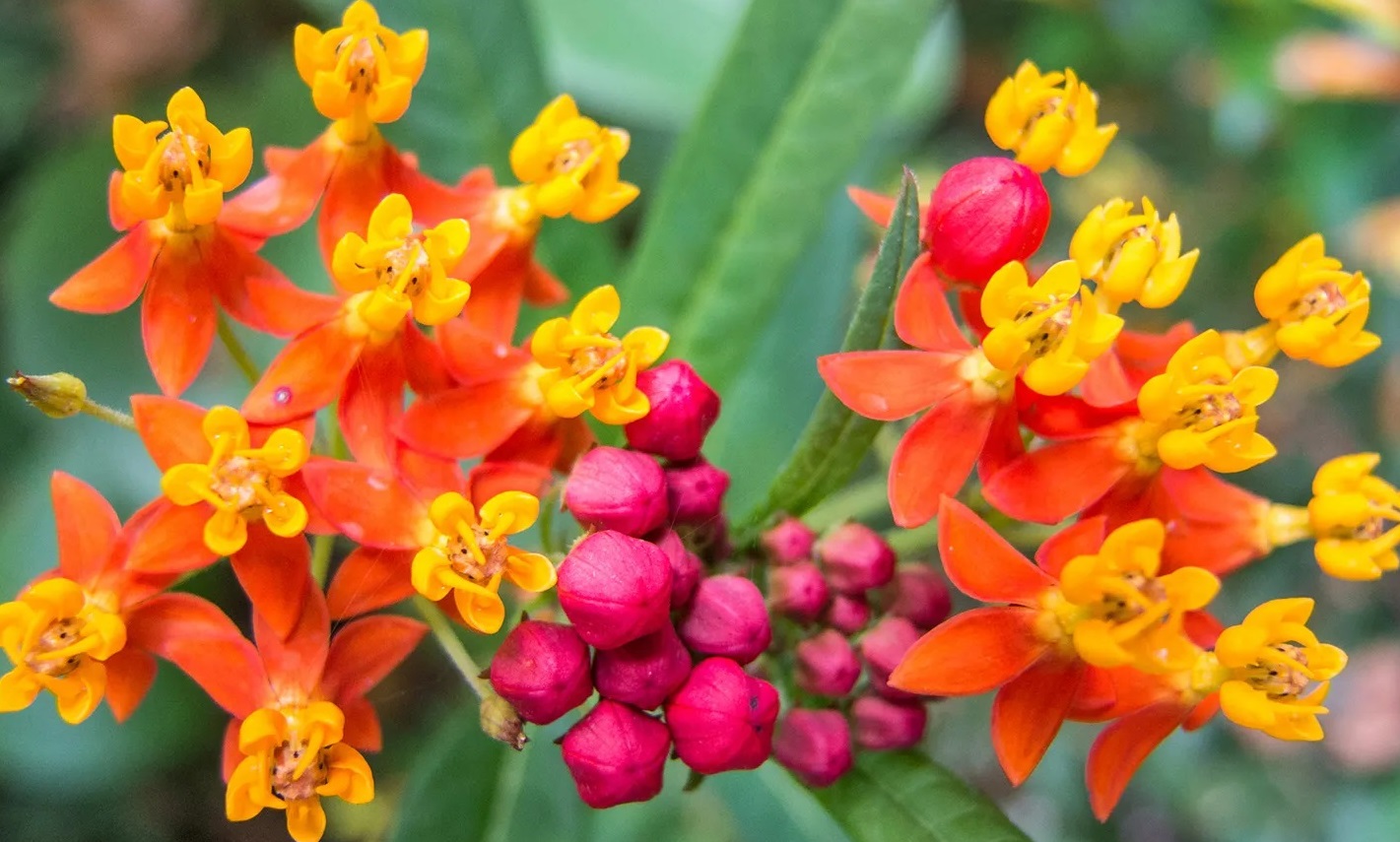
Blood Flower, renowned for its crimson hue, beckons butterflies with its nectar-rich blooms. This captivating plant, scientifically known as Asclepias curassavica, acts as a magnet for fluttering wings in gardens worldwide. Its vibrant petals and sweet nectar allure diverse butterfly species, making it a cherished addition to butterfly gardens. Delve deeper into the fascinating world of Blood Flower by exploring 10 intriguing facts about this enchanting plant.
Read More About Blood Flower: 10 Blood Flower Facts
2
of 25
Milkweed
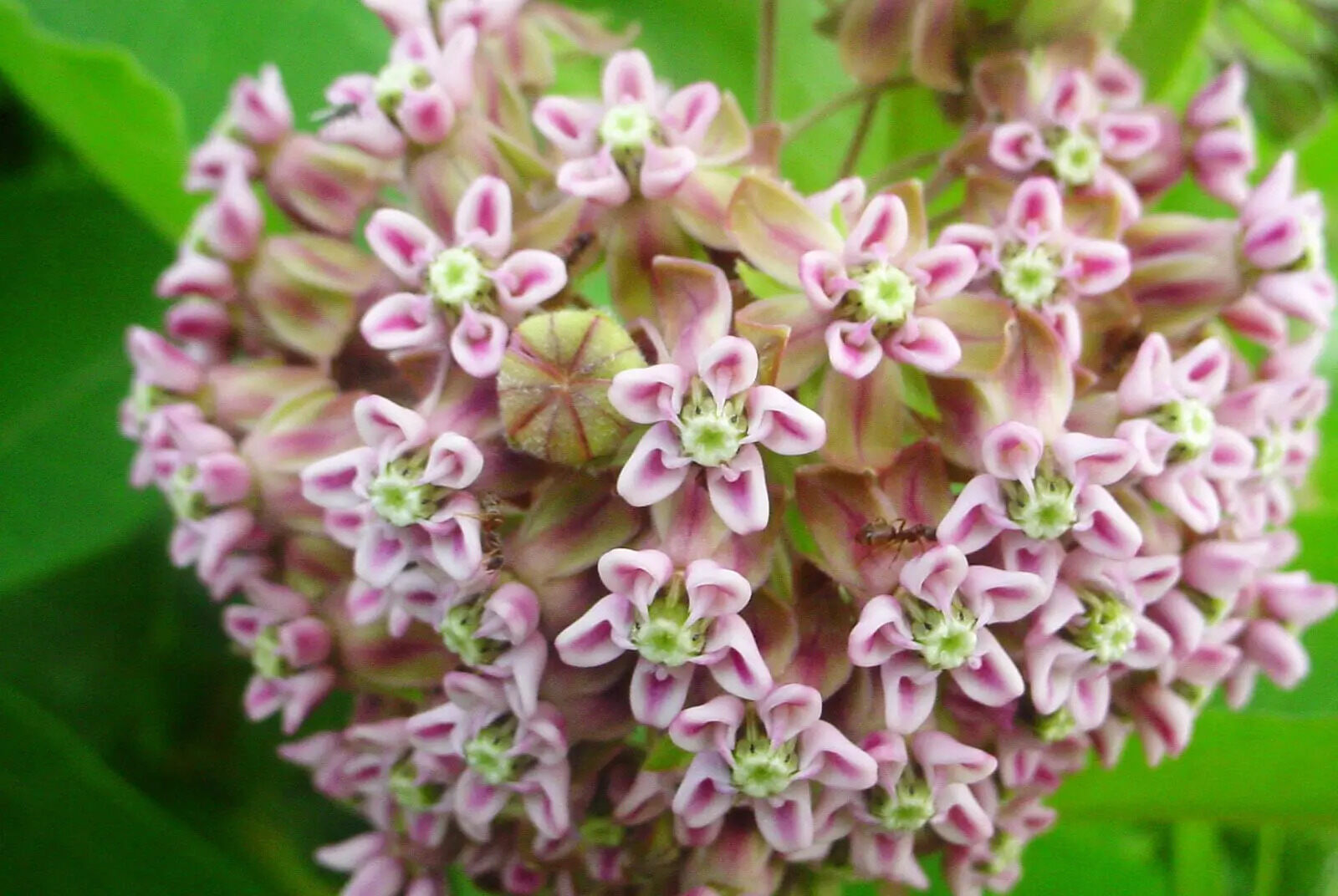
Milkweed isn’t just any old plant; it’s a butterfly magnet! Known for its vibrant blooms and milky sap, milkweed plays a crucial role in the ecosystem. Monarch butterflies, in particular, rely on it for survival, laying eggs exclusively on these plants. When caterpillars hatch, they munch on the leaves, growing strong for their journey to adulthood. With its ability to attract a variety of pollinators, milkweed adds a splash of color and life to any garden. Plus, it’s hardy and low-maintenance, making it an ideal choice for both novice and seasoned gardeners alike. Dive into the fascinating world of milkweed!
Read More About Milkweed: 11 Unbelievable Facts About Milkweed
3
of 25
Butterfly Bush
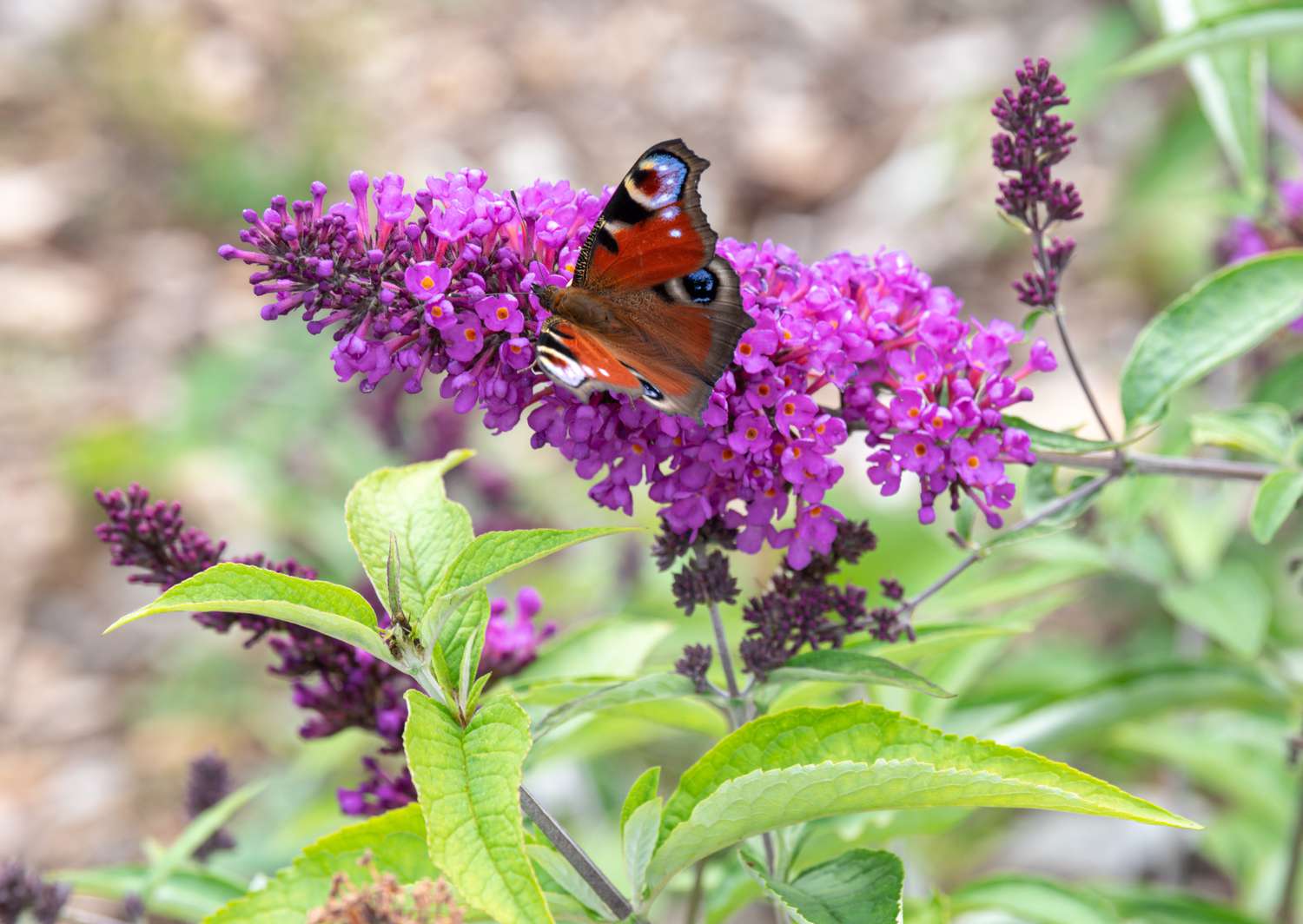
Dip into the world of the Butterfly Bush, one of the most captivating plants that will transform any garden into a butterfly haven. Perfectly suited for attracting butterflies, this versatile shrub boasts fragrant, colorful blossoms ranging from deep purples to vibrant whites. Not only does the Butterfly Bush provide visual appeal, but it also offers an essential nectar source for pollinators. With its easy-to-grow nature and ability to thrive in various climates, gardeners of all levels will find joy in cultivating this plant. Whether you’re a seasoned pro or a newbie, adding a Butterfly Bush will undoubtedly enrich your outdoor space.
Read More About Butterfly Bush: 18 Extraordinary Facts About Butterfly Bush
4
of 25
Lantana

Lantana, a vibrant and resilient plant, boasts an impressive range of hues—from pink and yellow to red and purple. Its aromatic clusters lure butterflies, making it an irresistible addition to any butterfly-friendly garden. With the ability to thrive in various climates and soils, lantana proves itself a low-maintenance favorite among gardeners. Its long blooming season ensures continuous color and life in your outdoor space. Plus, its natural pest resistance means fewer chemicals, promoting a healthier environment. Lantana’s blend of beauty, hardiness, and ecological benefits makes it an excellent choice for attracting butterflies and adding visual charm to gardens.
Read More About Lantana: 14 Mind-blowing Facts About Lantana
5
of 25
Coneflower
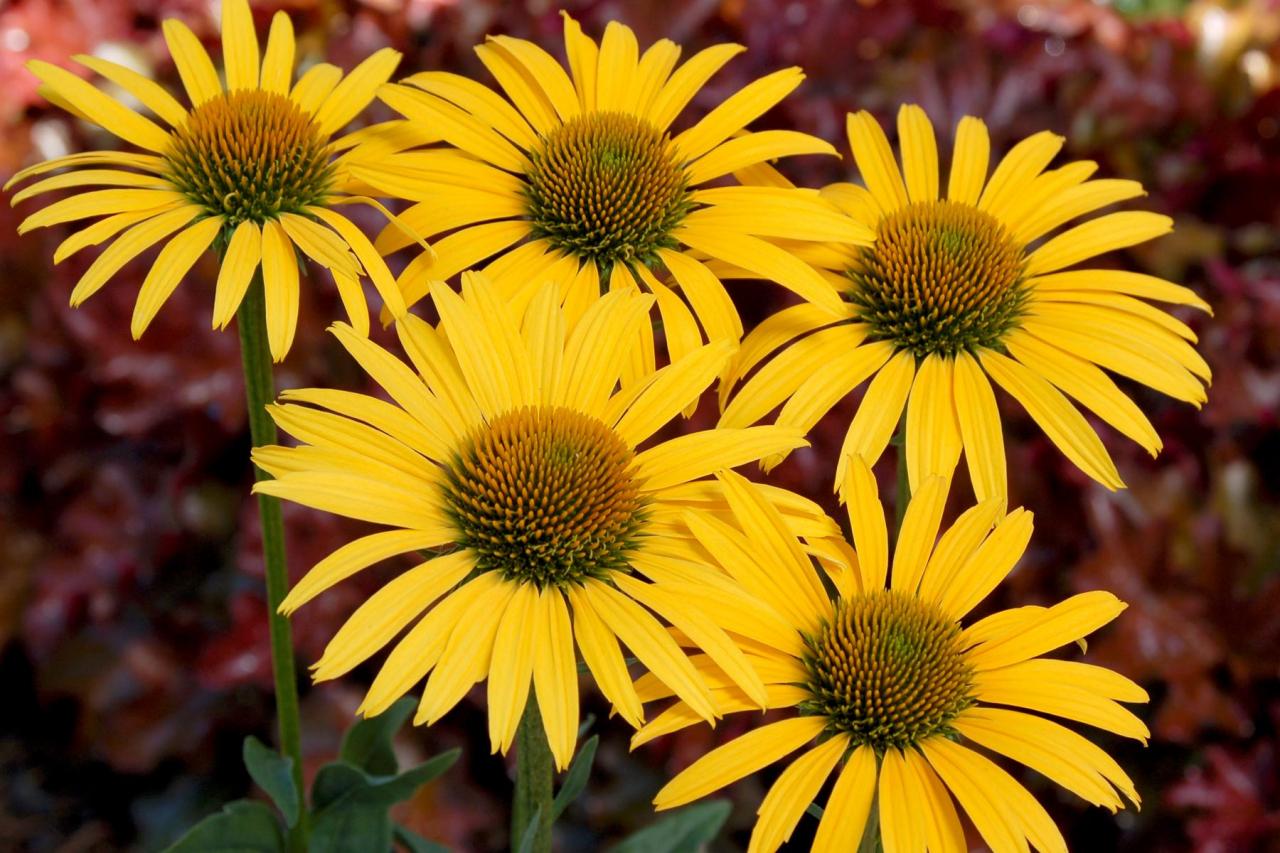
Coneflower, or Echinacea, is a showstopper in any garden with its vibrant petals and spiky center, attracting butterflies and bees like a magnet. This hardy perennial thrives in various climates, making it a gardener’s dream. Its roots and flowers aren’t just pretty faces; they pack a punch in herbal remedies, boosting immune systems and easing colds. Drought-tolerant and low-maintenance, coneflowers offer beauty and practicality. With colors ranging from purples to vibrant oranges, they provide a splash of brightness that keeps gardens lively all season long. Ready to bring both beauty and benefits to your space?
Read More About Coneflower: 13 Mind-blowing Facts About Coneflower
6
of 25
Black-eyed Susan
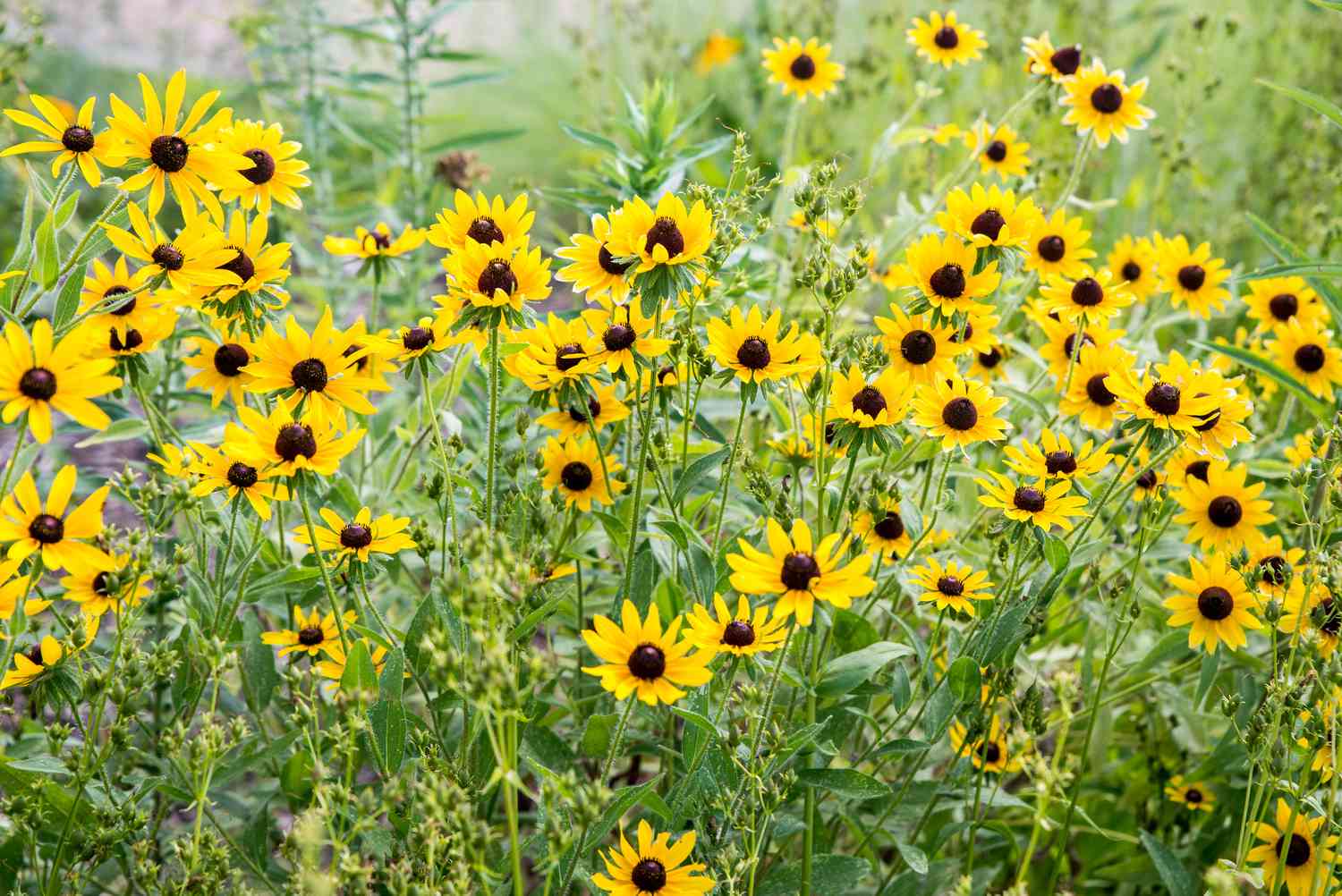
BlackEyed Susan, a vibrant wildflower, lights up gardens and meadows with bright yellow petals and dark centers. Not only does this eye-catching plant create a stunning visual, but it also plays a vital role in attracting pollinators like butterflies and bees. With its hardy nature, it thrives in various conditions, making it a gardener’s favorite. Curious about its other intriguing aspects? Dive into some fascinating details about this charismatic flower and see how it can enhance your butterfly-friendly garden.
Read More About Black-eyed Susan: 15 Unbelievable Facts About Black-Eyed Susan
7
of 25
Joe-Pye Weed
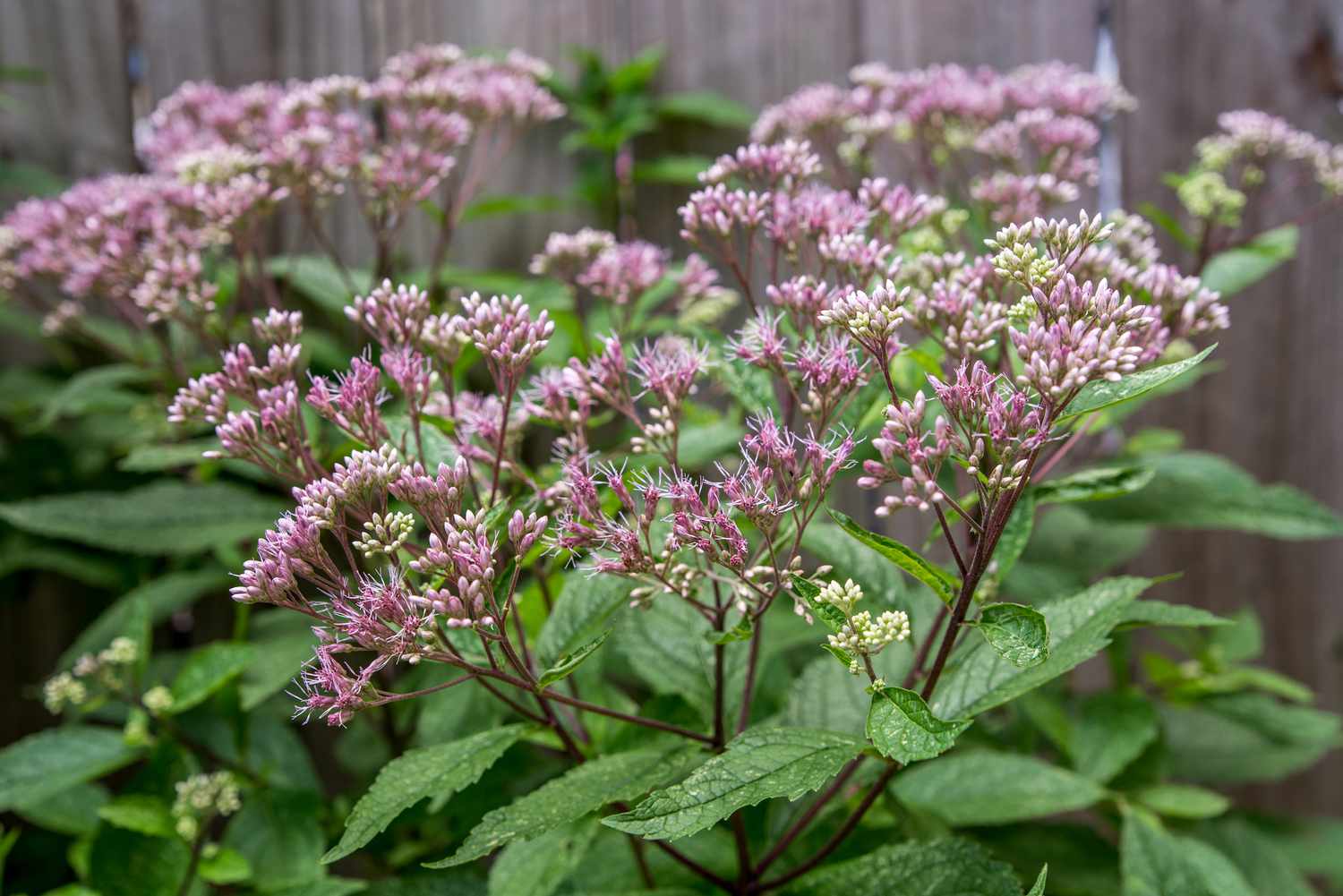
Joe Pye Weed, a remarkable plant adored by butterflies, boasts tall, hearty clusters of pinkish-purple blooms. Growing effortlessly in gardens, it entices pollinators and adds vibrant color to any landscape. Named after a Native American healer, this perennial thrives in moist conditions, making it ideal for rain gardens or wet meadows. Its towering stems, often reaching heights over six feet, create a striking focal point. Not just a pretty face, Joe Pye Weed also supports wildlife by providing nectar for bees, butterflies, and other beneficial insects. Adding this plant to your garden will create a true haven for fluttering friends.
Read More About Joe-Pye Weed: 16 Astounding Facts About Joe Pye Weed
8
of 25
Aster
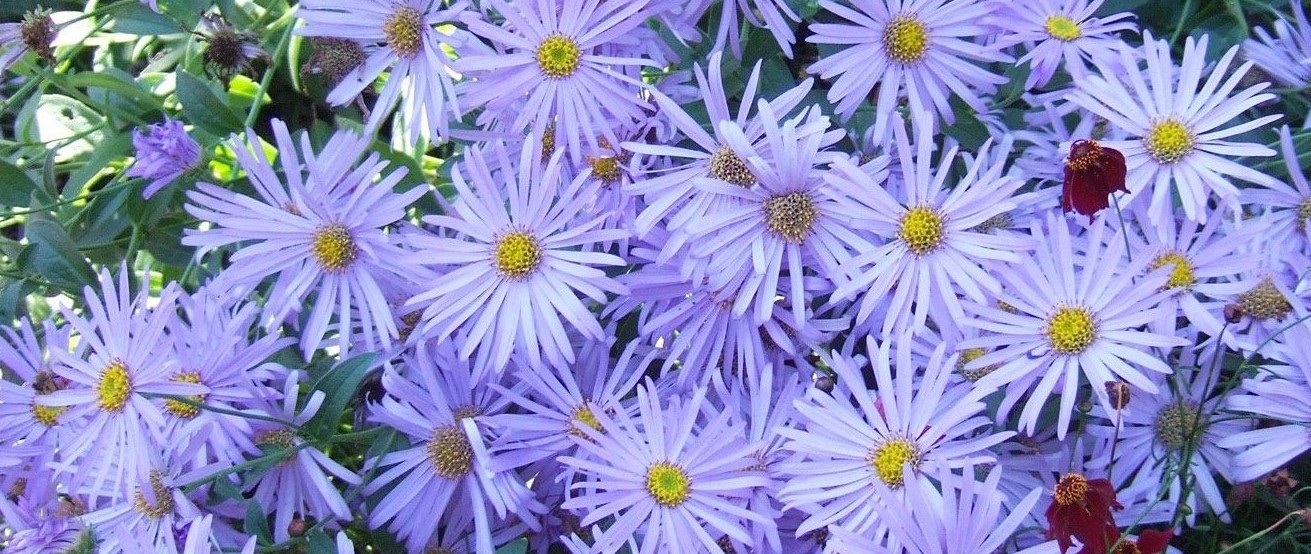
Asters are like tiny firecrackers in your garden, bursting with vibrant colors that butterflies can’t resist. These perennials bloom from late summer to fall, providing a last-minute feast for pollinators before winter hits. They come in a rainbow of blues, purples, pinks, and whites, adding a splash of color when most other flowers are fading. Not only do they attract butterflies, but they also bring in bees and other beneficial insects. With their star-shaped flowers and hardy nature, asters make a stunning addition to any butterfly-friendly garden.
Read More About Aster: 13 Mind-blowing Facts About Aster
9
of 25
Verbena
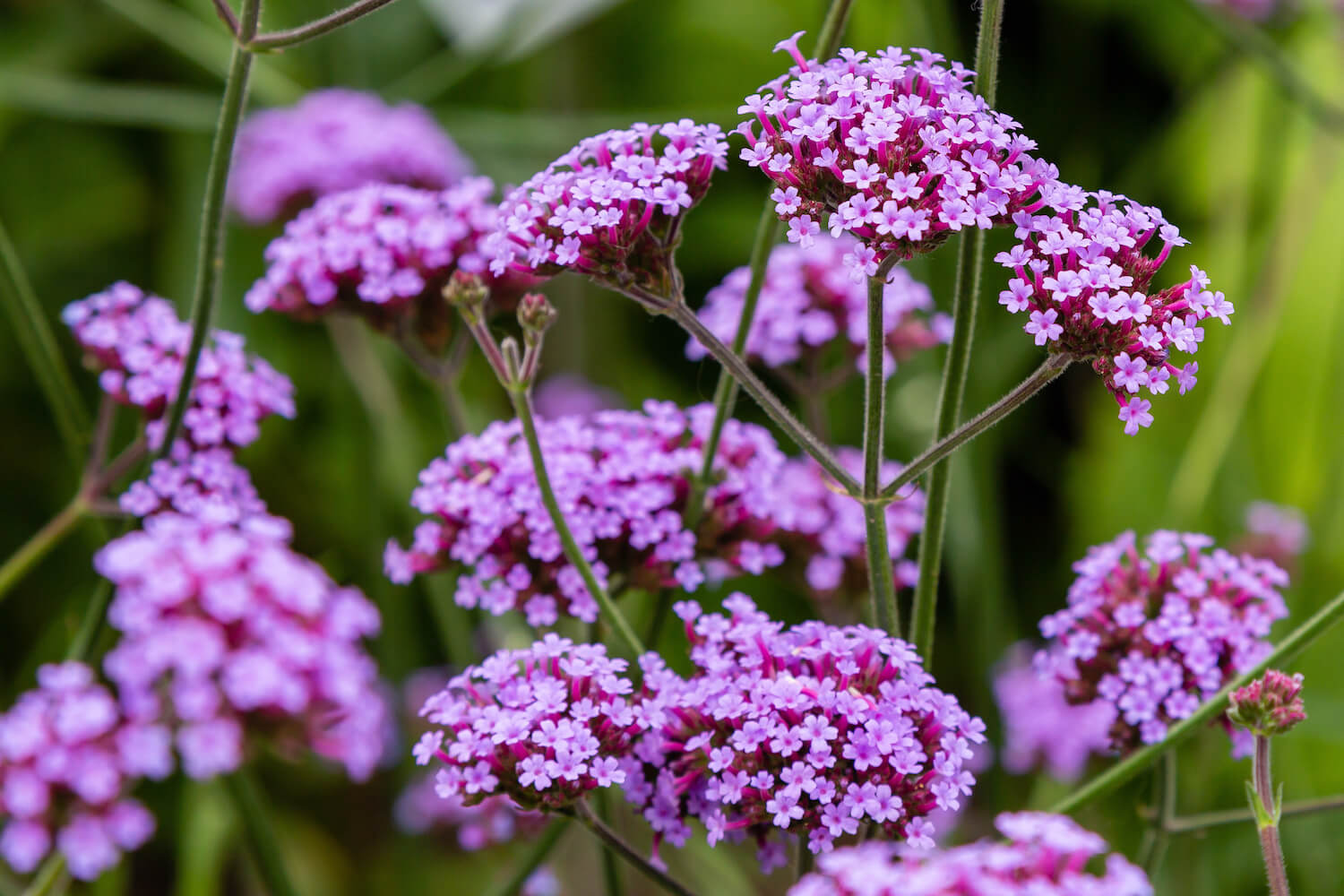
Verbena, a vibrant and attractive plant, draws butterflies with its clusters of small, colorful blooms. These flowers come in various shades of pink, purple, red, and white, creating a lively and inviting atmosphere in any garden. Verbena thrives in sunny spots and well-drained soil, making it a low-maintenance choice for gardeners. Its long-lasting blossoms provide a continuous source of nectar, keeping butterflies fluttering around from spring through fall. With its resilience and beauty, Verbena not only adds charm to landscapes but also plays a vital role in supporting pollinators. Dive into its fascinating characteristics and see why it’s a butterfly favorite.
Read More About Verbena: 13 Fascinating Facts About Verbena
10
of 25
Zinnia
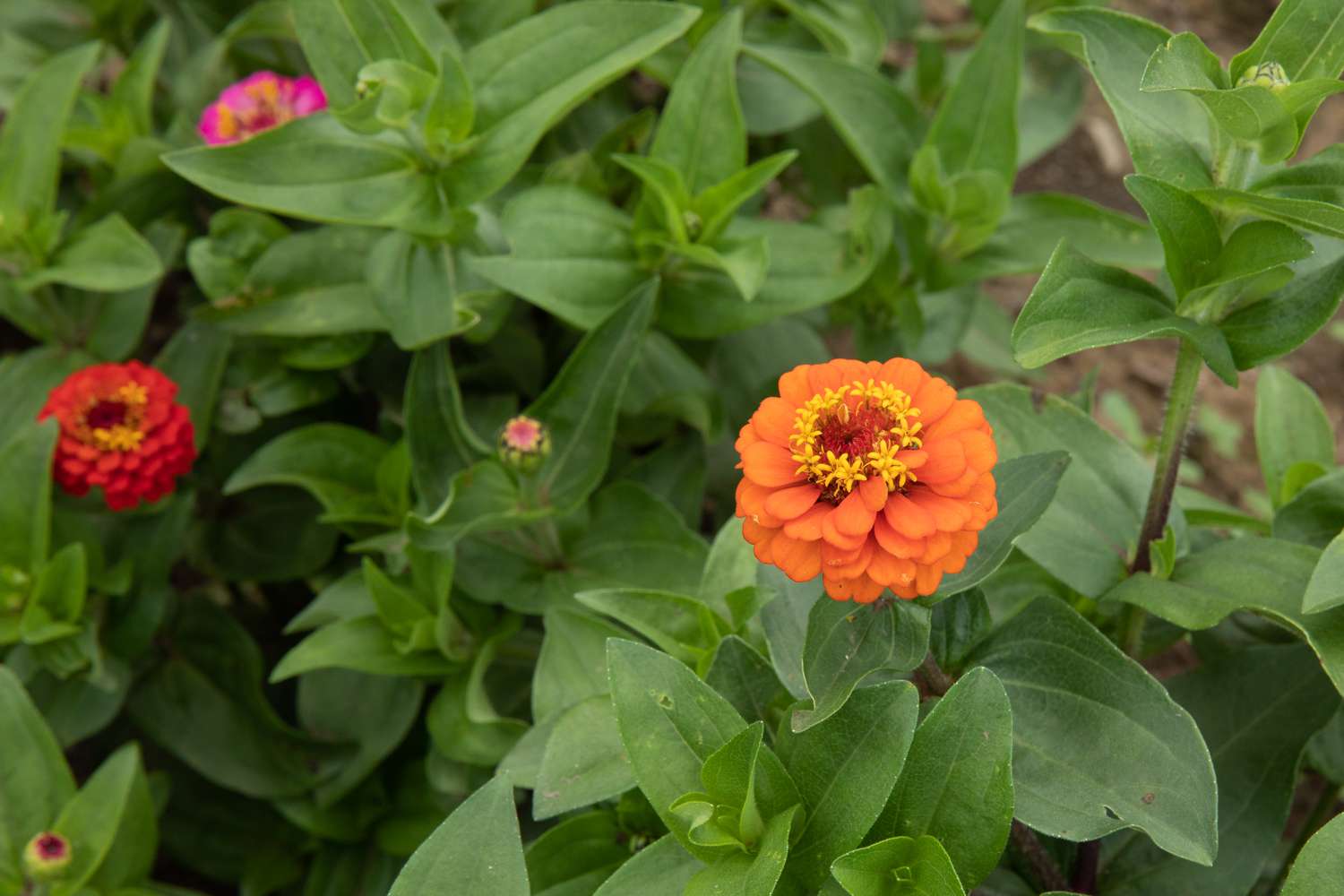
Zinnias are vibrant, sun-loving flowers that bring a burst of color to gardens and attract butterflies. These easy-to-grow plants come in various shapes and sizes, making them a hit among gardeners of all levels. Known for their bright hues and long-lasting blooms, zinnias thrive in well-drained soil and full sunlight. They also resist pests and diseases, adding to their appeal. Not only do they beautify spaces, but they also support pollinators like butterflies, adding life and movement. Perfect for garden beds, borders, and containers, zinnias can transform any outdoor space into a lively haven.
Read More About Zinnia: 19 Facts About Zinnias
11
of 25
Phlox
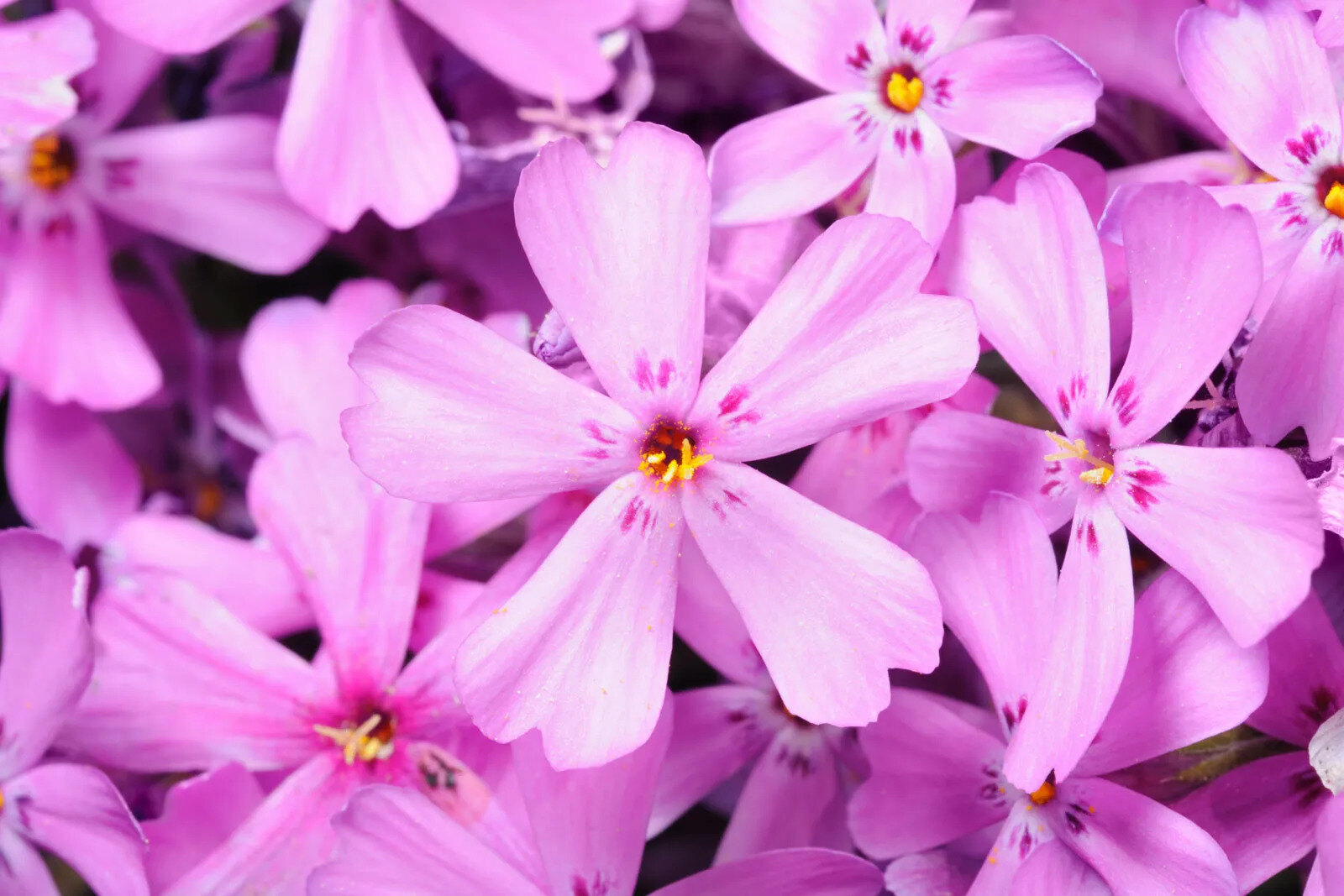
Phlox, a stunning and versatile plant, brings vibrant splashes of color to gardens and attracts butterflies. Known for its star-shaped blooms, phlox thrives in different climates, ranging from woodlands to alpine tundra. With a variety of heights and colors, these flowers create striking displays from spring through fall. Hardy and easy to grow, phlox can fill a garden with brilliant reds, pinks, purples, and whites. Their lovely fragrance adds another layer of allure, making them a top choice for gardeners wanting to support local pollinators while enjoying beautiful blooms. The phlox’s charm and resilience make it a garden favorite year after year.
Read More About Phlox: 16 Captivating Facts About Phlox
12
of 25
Marigold
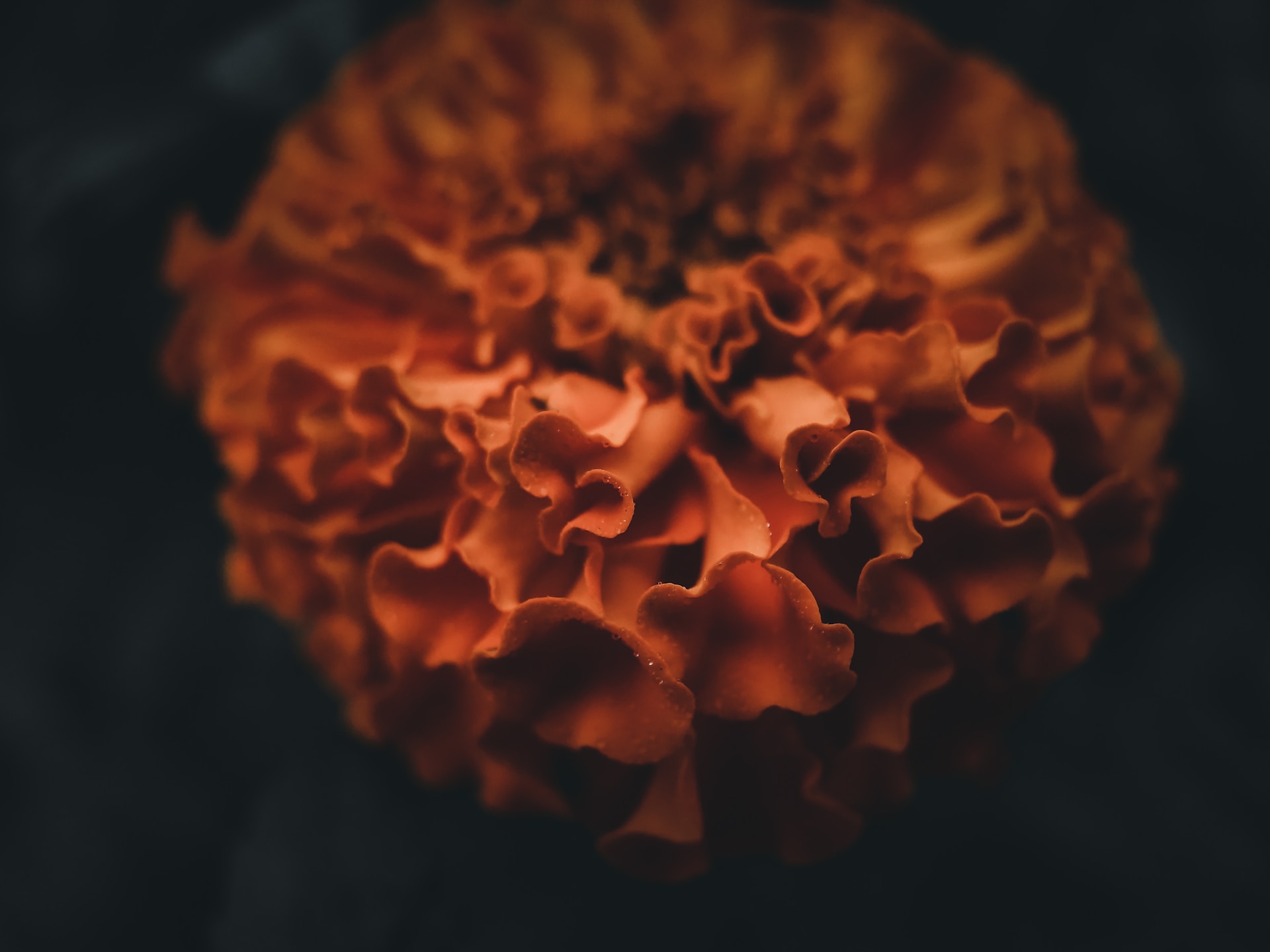
Marigolds are more than just vibrant blooms; they’re nature’s multitaskers. Renowned for their striking orange and yellow petals, these flowers attract butterflies like magnets and fend off pesky insects. Easy to grow, these hardy plants thrive in various soil types and climates, making them perfect for beginners and seasoned gardeners alike. Their distinct scent deters pests, while their nectar-rich blossoms draw in pollinators, creating a buzzing, lively garden. Plus, marigolds can even help improve soil health by releasing compounds that suppress harmful nematodes. Embrace marigolds in your garden for a pop of color and a boost in biodiversity.
Read More About Marigold: 14 Facts About Marigold
13
of 25
Lavender
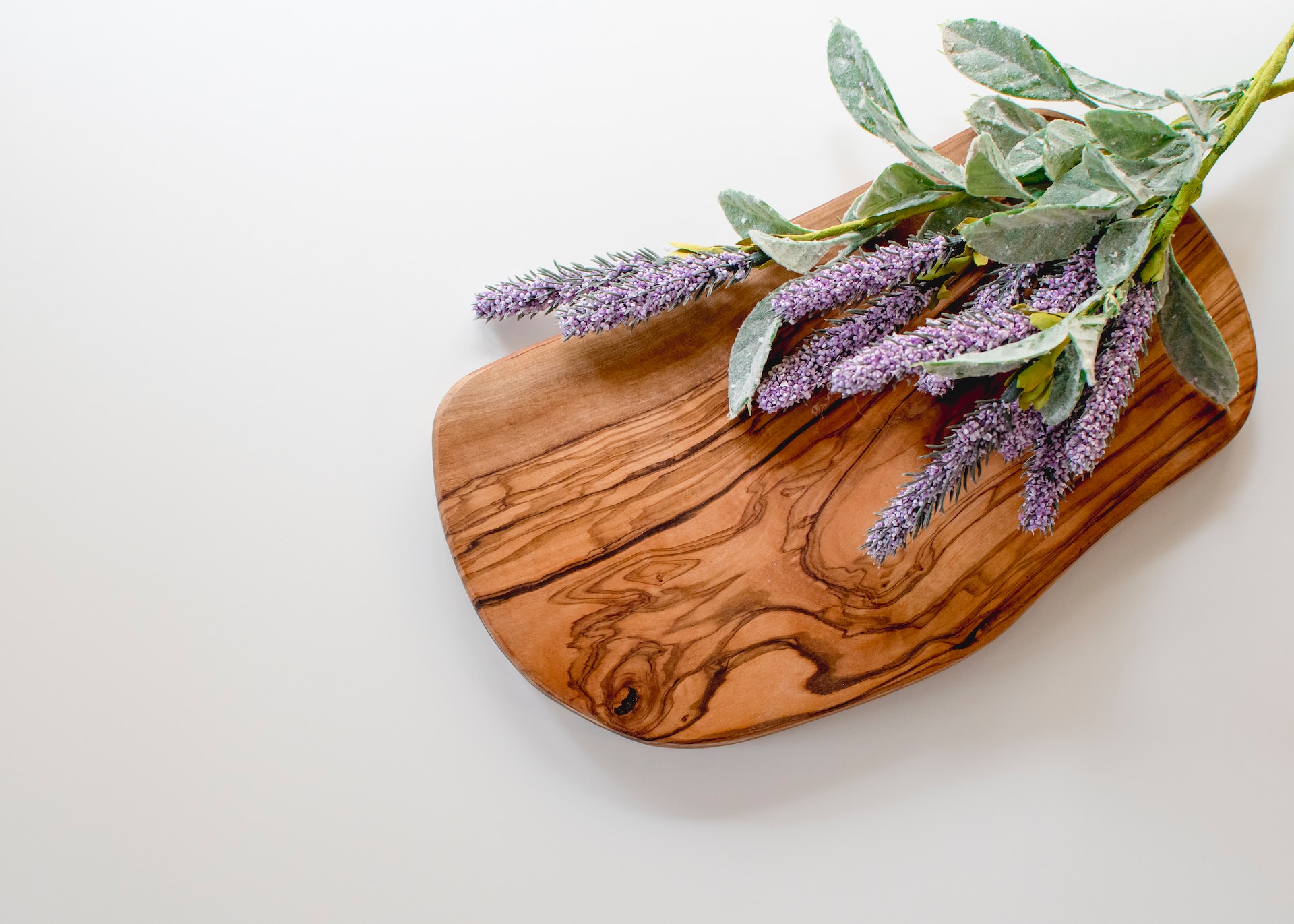
Lavender flowers hold a special charm with their soothing aroma and vibrant purple hues. These perennial beauties are not just eye-catching but also a magnet for butterflies and bees, adding life to any garden. Known for their resilience, they thrive in sunny spots with well-drained soil. Lavender’s versatility extends beyond aesthetics; it’s widely used in aromatherapy, culinary dishes, and natural medicine. With such an array of benefits, planting lavender can transform outdoor spaces into a fragrant, butterfly-friendly haven, creating a delightful and therapeutic environment for both humans and pollinators.
Read More About Lavender: 20 Facts About Lavender Flowers
14
of 25
Salvia
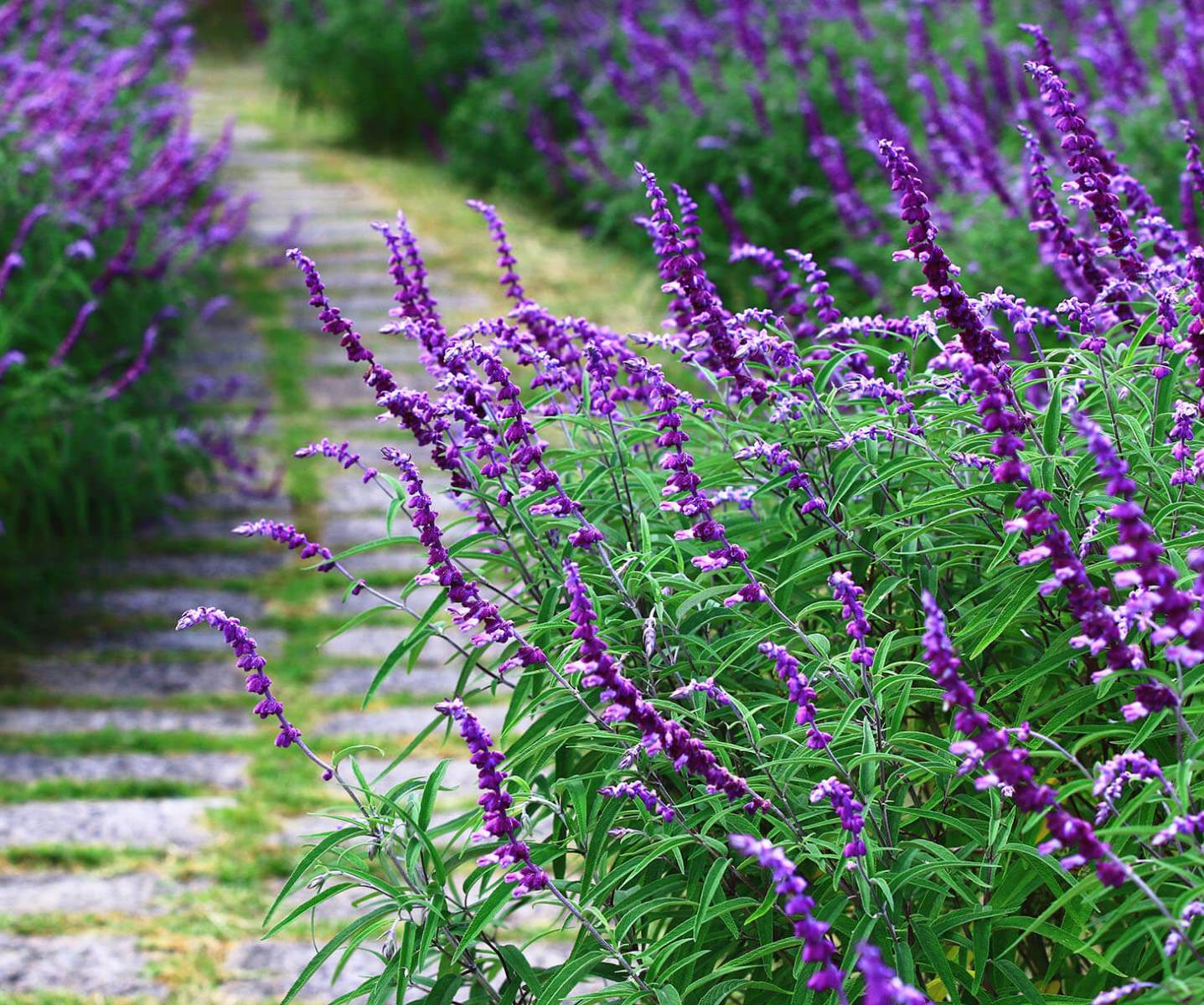
Salvia, an enchanting genus of plants, offers a myriad of surprises for gardeners and nature enthusiasts alike. Known for vibrant blooms and alluring scents, these hardy perennials captivate both people and pollinators, especially butterflies. With over 900 species, ranging from culinary herbs like sage to ornamental varieties, salvia brings color and life to any garden. Whether you’re keen on its medicinal properties, fascinated by its role in traditional rituals, or simply love its aesthetic appeal, salvia’s rich history and versatility make it a must-have in butterfly-friendly spaces. Dive into the world of salvia and let your garden flourish!
Read More About Salvia: 20 Interesting Facts About Salvia
15
of 25
Bee Balm
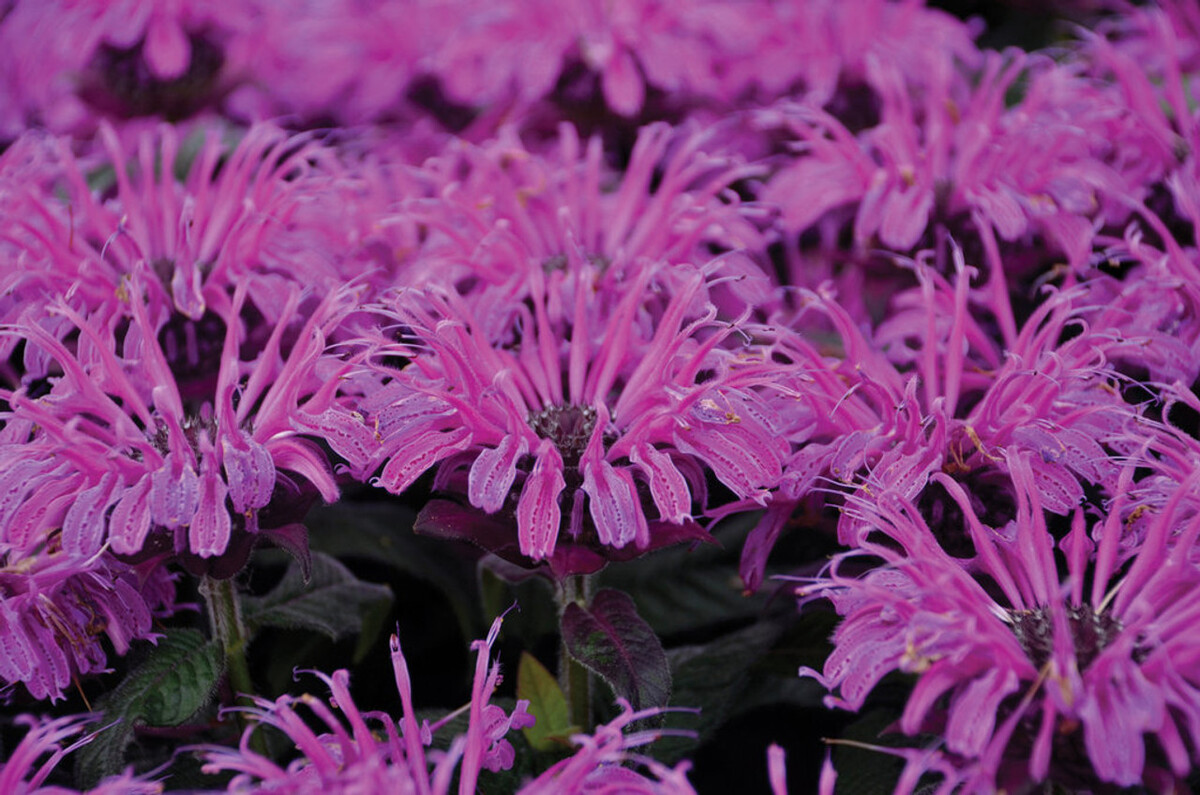
Bee balm, known for its vibrant blooms and aromatic leaves, is a magnet for butterflies, bees, and hummingbirds. This versatile plant not only adds splashes of color to gardens but also serves as an herb with medicinal properties. Thriving in sunny spots with well-drained soil, bee balm can be a key player in any pollinator-friendly garden. With its unique ability to attract beneficial insects, it helps maintain ecological balance. Its flowers, ranging from red to purple, are a feast for the eyes and a delight for garden visitors. Bee balm’s charm and utility make it a garden favorite.
Read More About Bee Balm: 12 Astounding Facts About Bee Balm
16
of 25
Yarrow
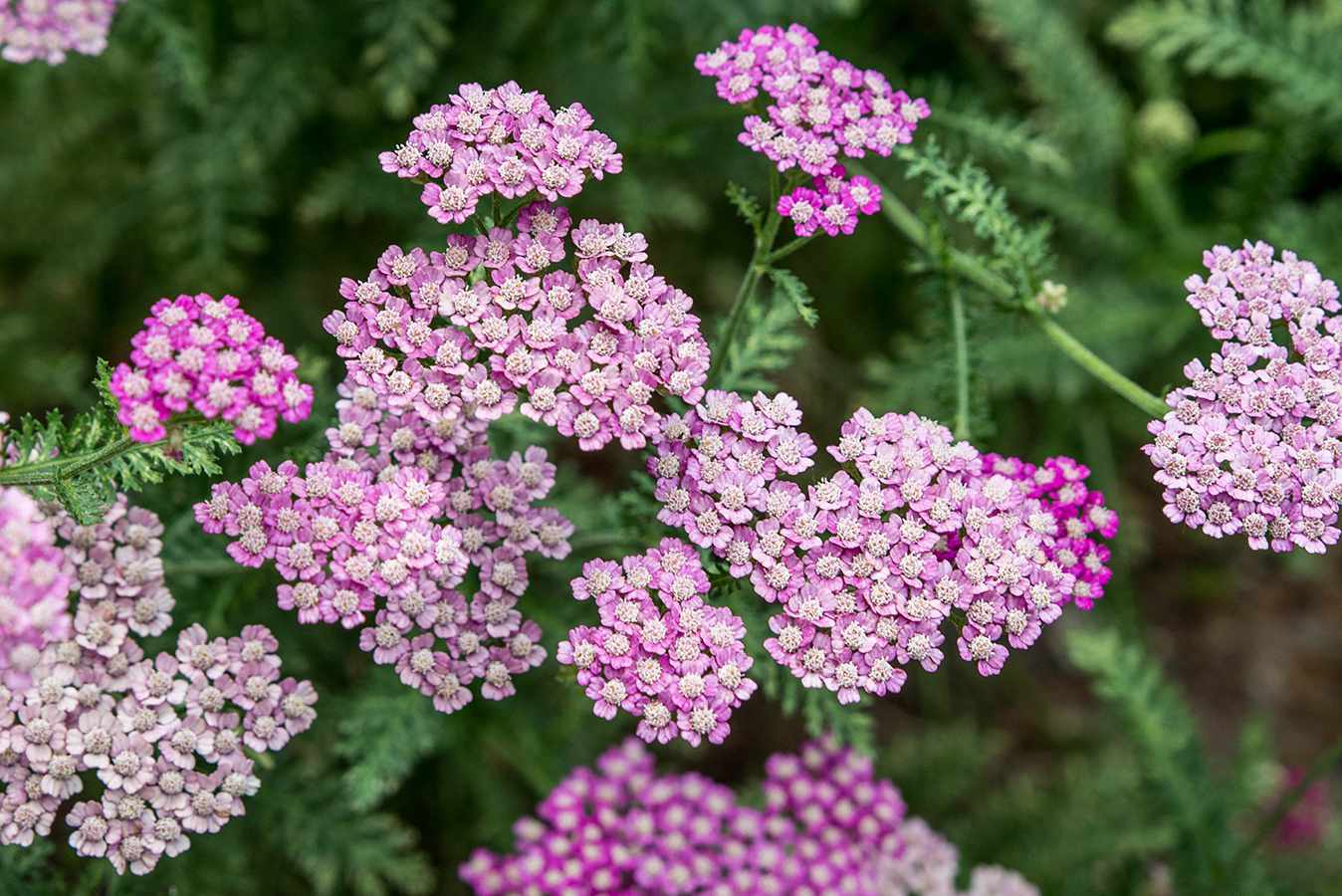
Yarrow, a remarkable plant with a rich history, captivates with its stunning clusters of tiny flowers. Known for its resilience, it thrives in various climates and attracts a plethora of butterflies, making it a favorite among gardeners seeking to create a vibrant, butterfly-friendly space. This hardy perennial not only beautifies gardens but also boasts a range of medicinal uses, from treating wounds to soothing colds. With its feathery foliage and long blooming season, yarrow stands out as an indispensable addition to any garden aiming to support pollinators while adding a splash of color and texture.
Read More About Yarrow: 19 Astonishing Facts About Yarrow
17
of 25
Hollyhock

Hollyhocks, with their towering stems and vibrant blooms, add a splash of color to any garden. Often found in cottage gardens, these hardy plants are not only visually stunning but also attract a variety of pollinators, including butterflies. Their deep roots help stabilize soil and improve garden health. Surprisingly, every part of this plant, from roots to flowers, holds medicinal properties used in traditional remedies. Hollyhocks are also edible, with petals often used in salads or as cake decorations. They can thrive in various climates, making them a versatile addition to any butterfly-friendly landscape.
Read More About Hollyhock: 10 Surprising Facts About Hollyhock
18
of 25
Blazing Star
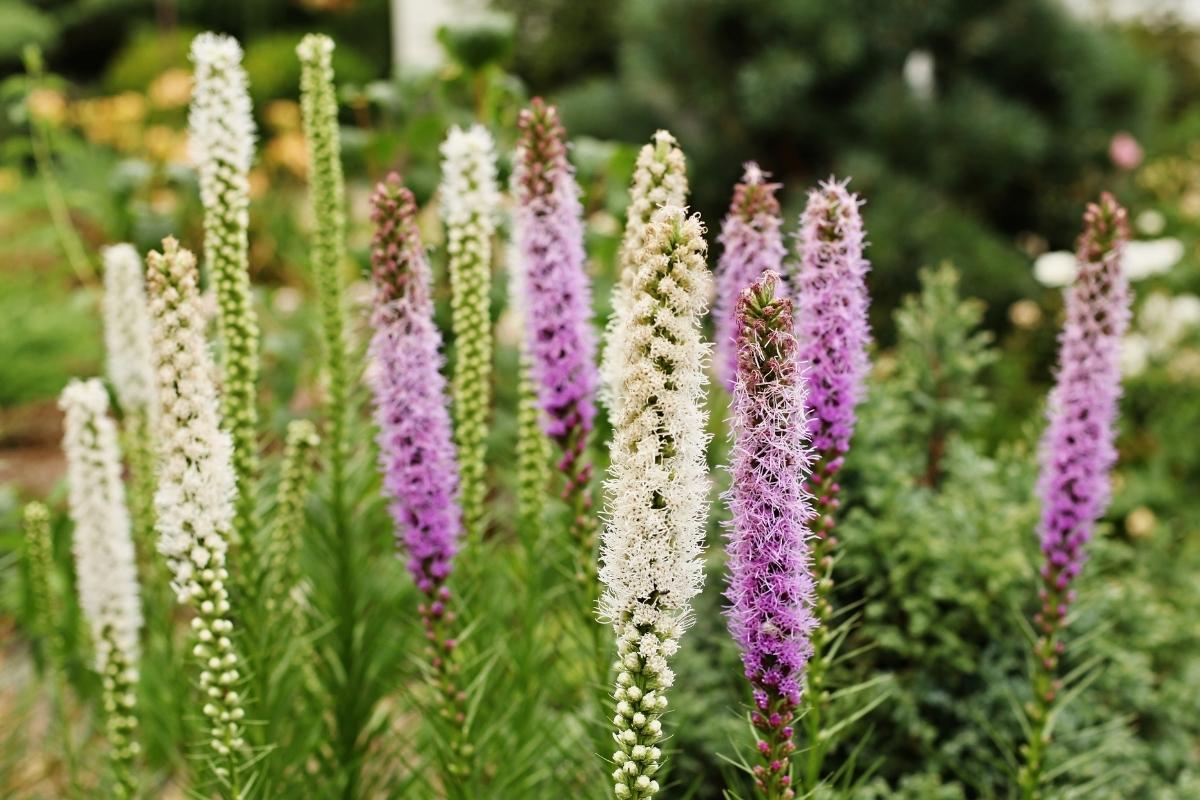
Liatris, commonly known as blazing star or gayfeather, stands out in gardens with its tall, spiky blooms and vibrant purple flowers. These perennials attract butterflies like magnets, making them a must-have for any butterfly-friendly garden. Known for their hardiness and drought tolerance, Liatris plants require minimal care while providing stunning visual interest. Their unique flowering pattern, starting at the top and working downward, adds an extra layer of intrigue. Whether planted in borders, wildflower gardens, or as standalone specimens, Liatris brings both beauty and biodiversity to any outdoor space.
Read More About Blazing Star: 11 Unbelievable Facts About Liatris
19
of 25
Sunflower
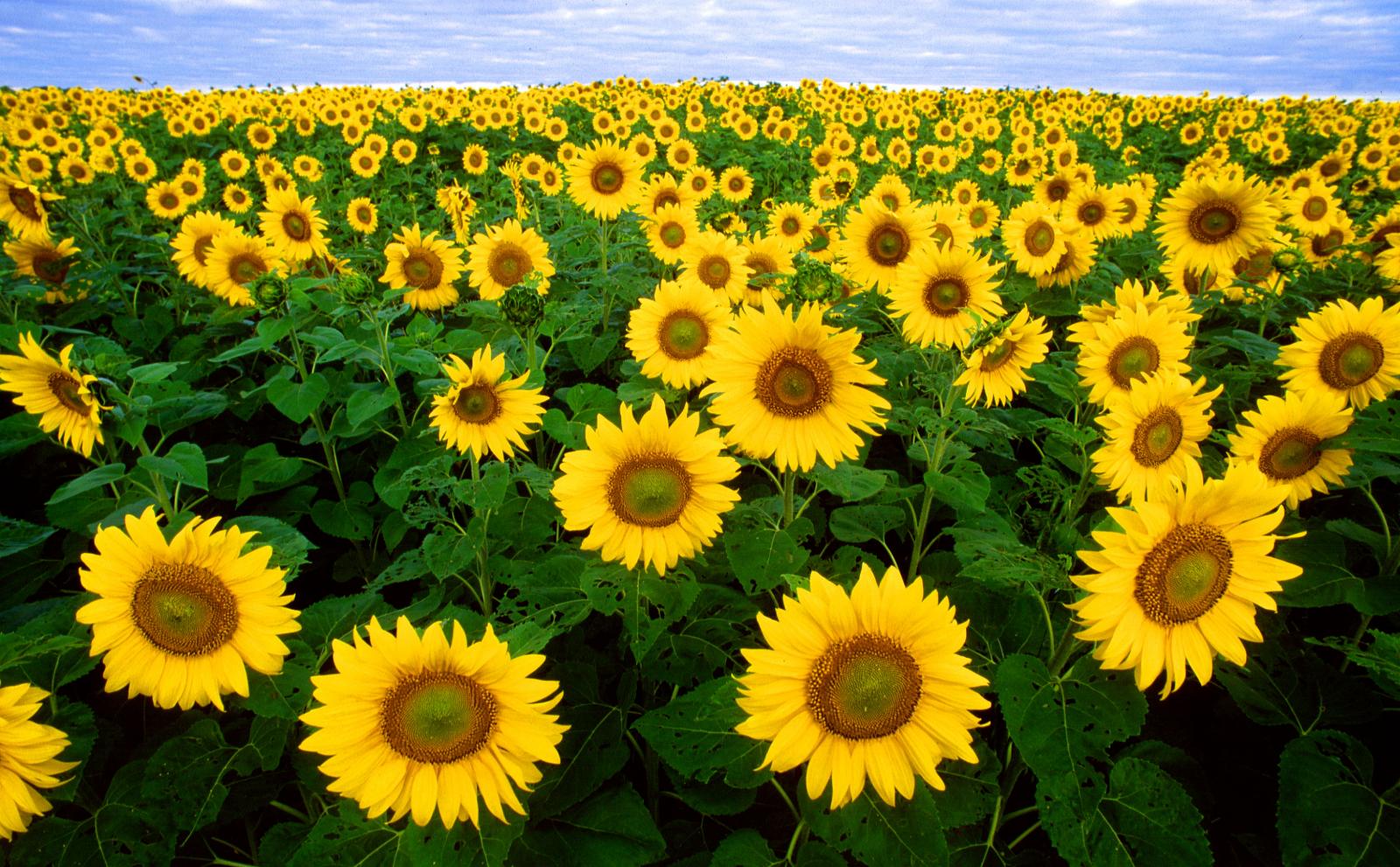
Sunflowers are more than just tall, bright blooms; they’re a marvel of nature with fascinating traits. These golden giants not only add a splash of color to gardens but also attract helpful pollinators like bees and butterflies. Known for their towering height and large, cheerful faces, they follow the sun across the sky, a process called heliotropism. Sunflowers can even clean up soil by removing toxins, a testament to their resilience. Whether you’re a gardening enthusiast or simply love nature, sunflowers offer endless intrigue and beauty, making them a standout feature in any butterfly-friendly garden.
Read More About Sunflower: 13 Intriguing Facts About Sunflower
20
of 25
Goldenrod
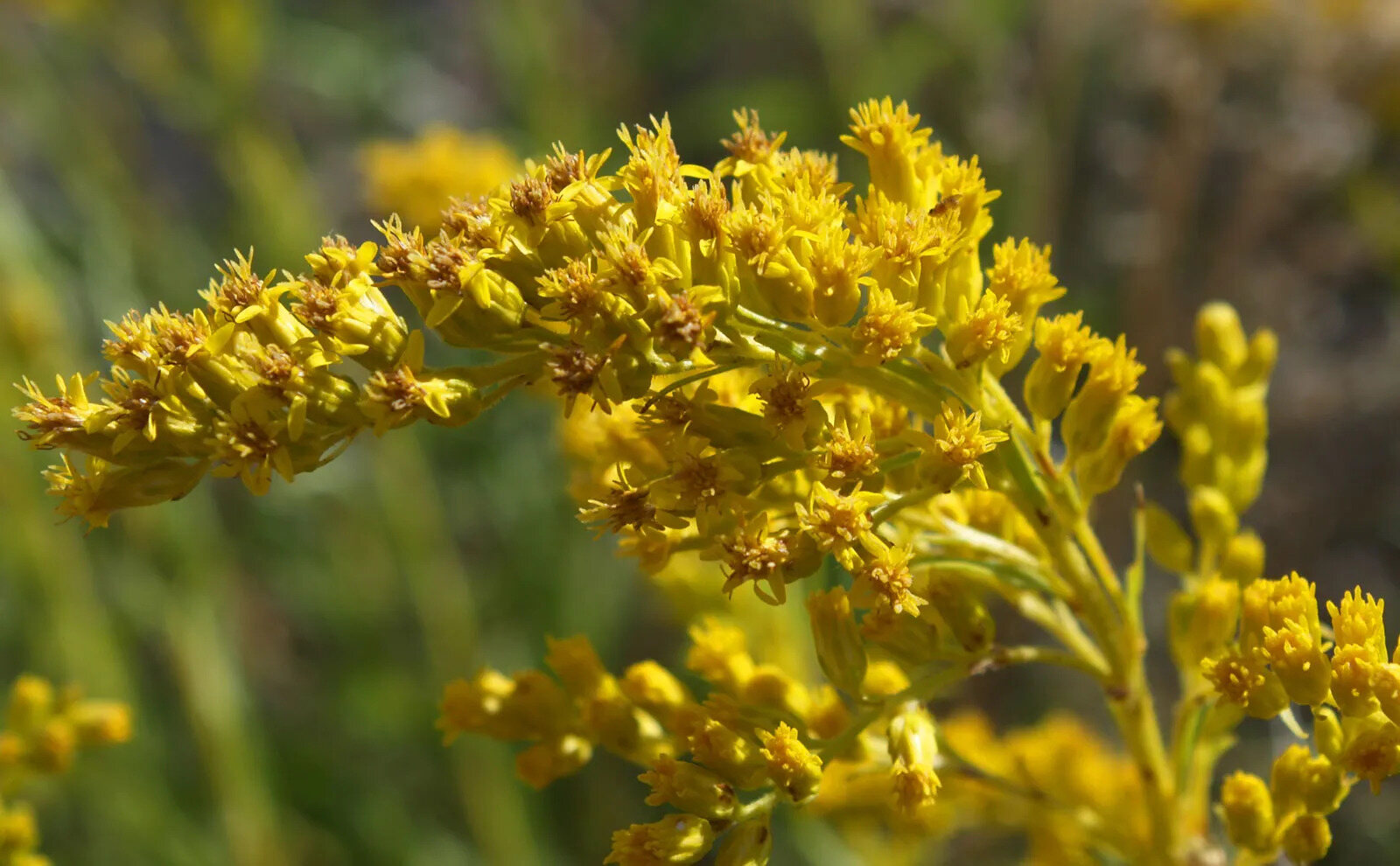
Goldenrod isn’t just a pretty face in the garden; it’s a powerhouse plant brimming with surprises. Known for its vibrant yellow flowers, this perennial beauty plays a pivotal role in supporting butterflies and other pollinators. Often mistaken for causing hay fever, goldenrod actually gets a bad rap due to its ragweed neighbor. Beyond its pollinator-friendly allure, goldenrod boasts various medicinal uses and carries a rich history in folklore. Whether you’re a seasoned gardener or just starting out, adding goldenrod to your plant mix can create a haven for butterflies and add a splash of color to your space.
Read More About Goldenrod: 8 Enigmatic Facts About Goldenrod
21
of 25
Coreopsis

Coreopsis, often called tickseed, is a vibrant and hardy flower that thrives in various climates. Its cheerful, daisy-like blooms come in brilliant shades of yellow, pink, and red, adding a splash of color to any garden. Not only are Coreopsis flowers visually stunning, but they also attract butterflies and other pollinators, making them perfect for butterfly-friendly gardens. These low-maintenance perennials flourish in full sun and well-drained soil, requiring minimal care once established. With their long blooming season and resilience, Coreopsis is an excellent choice for gardeners looking to create a lively, butterfly-attracting landscape.
Read More About Coreopsis: 15 Captivating Facts About Coreopsis
22
of 25
Cosmos
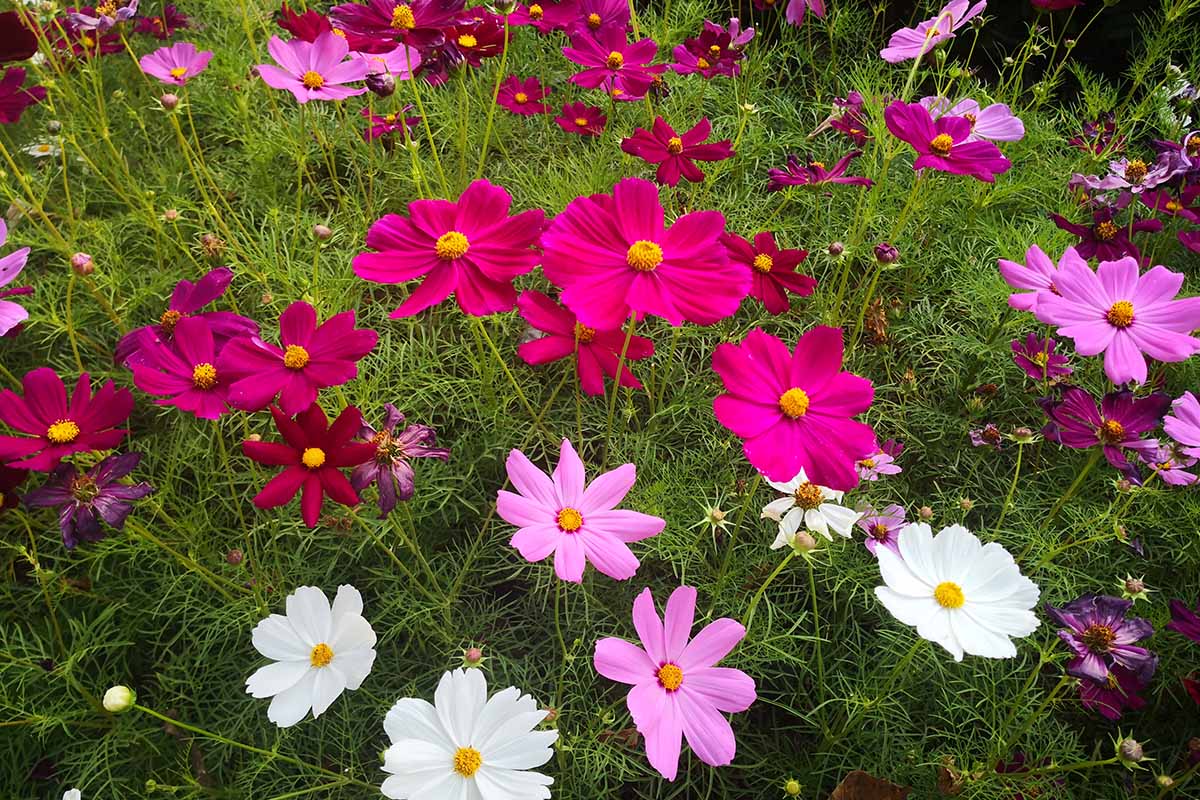
Cosmos, a dazzling flower, often graces gardens with its vibrant, daisy-like blooms. Known for its resilience, cosmos thrives in poor soil and sunny spots, making it a favorite among gardeners. Not just a pretty face, this plant attracts butterflies, adding both beauty and ecological benefits to any space. With shades ranging from white and pink to deep crimson, cosmos brings a burst of color throughout the summer and fall. Easy to grow and maintain, it’s perfect for both novice and seasoned green thumbs. Dive into the fascinating nuances of cosmos and discover why it’s a garden must-have.
Read More About Cosmos: 20 Surprising Facts About Cosmos
23
of 25
Ironweed
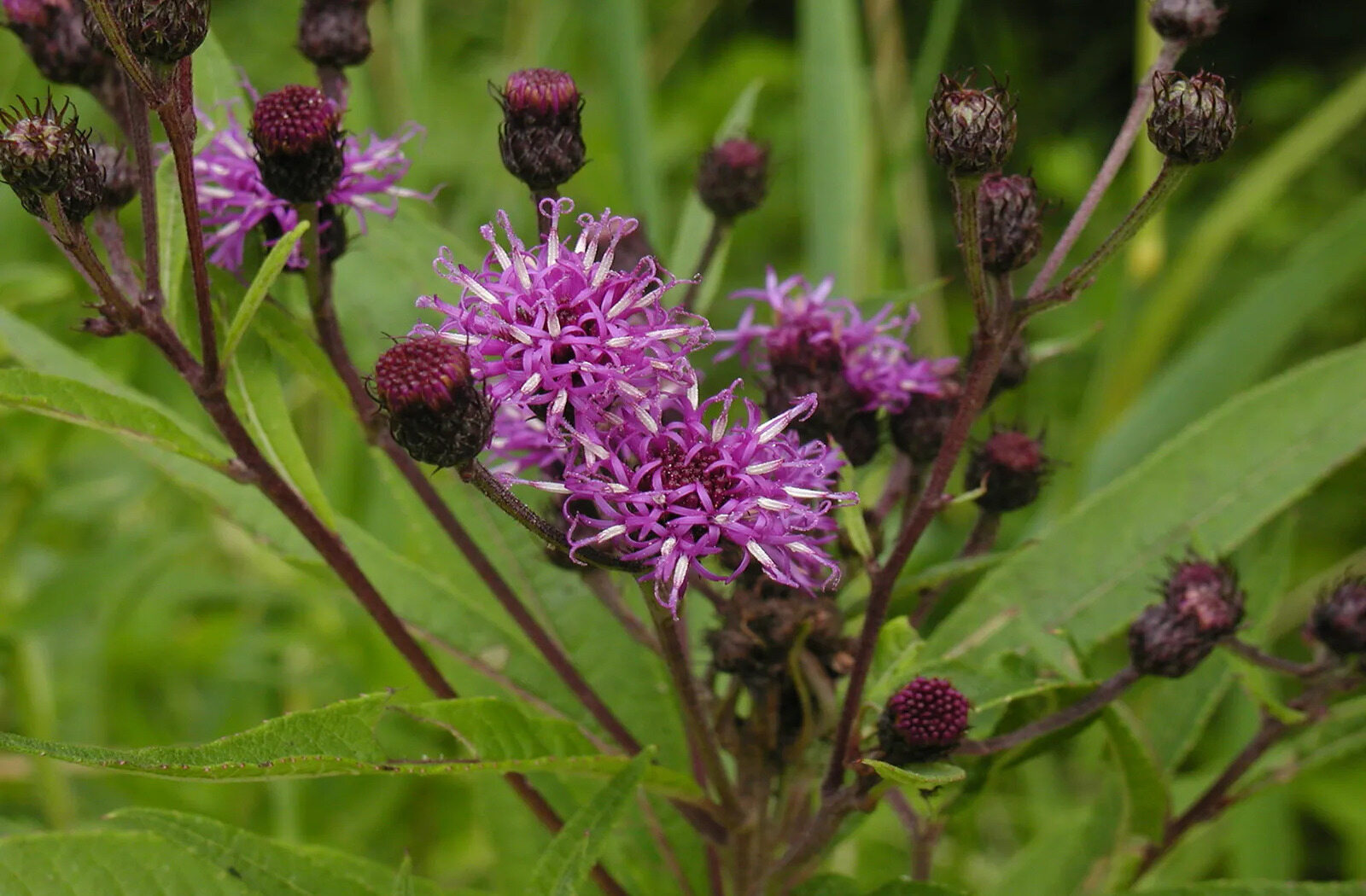
Ironweed plants, known for their striking purple flowers and tall, sturdy stems, make an excellent addition to butterfly gardens. These perennial beauties attract a variety of butterflies, offering both nectar-rich blooms and a visually captivating display. Flourishing in a range of conditions, from prairies to roadsides, ironweed’s resilience and adaptability ensure a vibrant garden presence. Ideal for creating a diverse habitat, their late-season blooms provide essential food sources for pollinators preparing for migration. With minimal maintenance and drought tolerance, these hardy plants are a gardener’s dream, bringing both ecological benefits and vibrant color to any landscape.
Read More About Ironweed: 18 Ironweed Plant Facts
24
of 25
Snapdragon
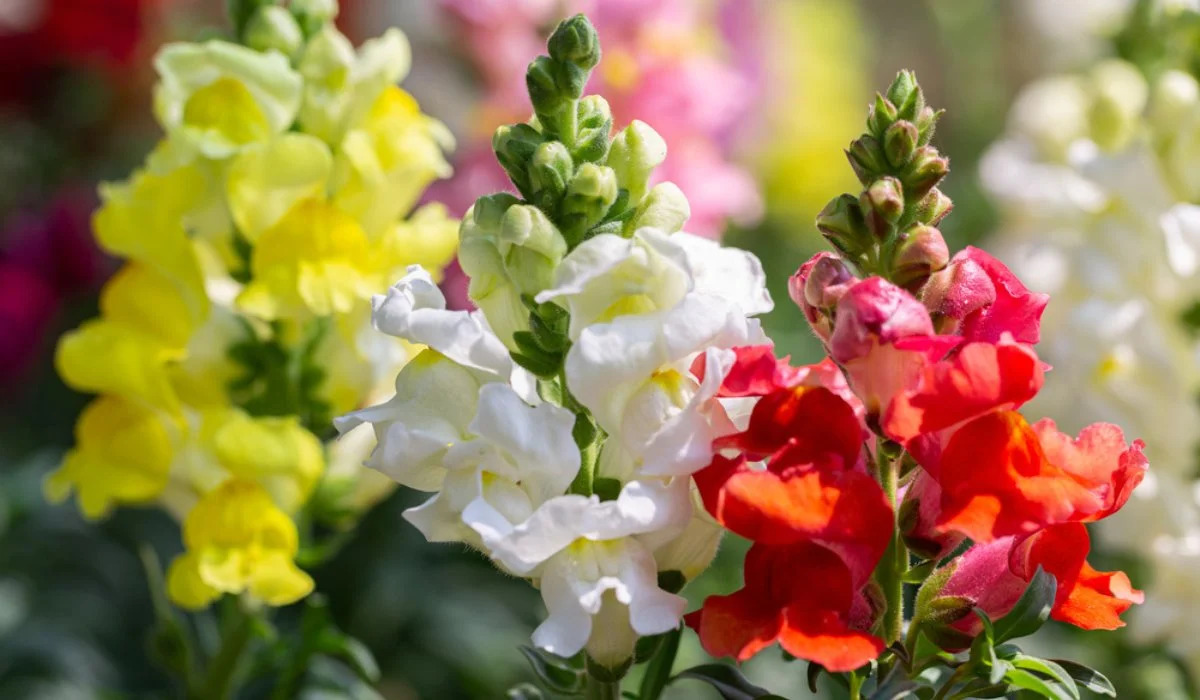
Snapdragons, with their vibrant colors and unique dragon-like flowers, captivate gardeners and nature enthusiasts alike. These fascinating plants not only bring a splash of color to gardens but also attract butterflies, bees, and hummingbirds. Their name, derived from the blossoms’ resemblance to a dragon’s mouth, adds a whimsical touch to any landscape. Easy to grow and versatile, snapdragons thrive in various climates and soil types, making them a favorite for both novice and experienced gardeners. From their historical use in folklore to their modern applications in gardening, snapdragons offer a blend of beauty and intrigue that’s hard to resist.
Read More About Snapdragon: 20 Mind-blowing Facts About Snapdragon
25
of 25
Gaillardia
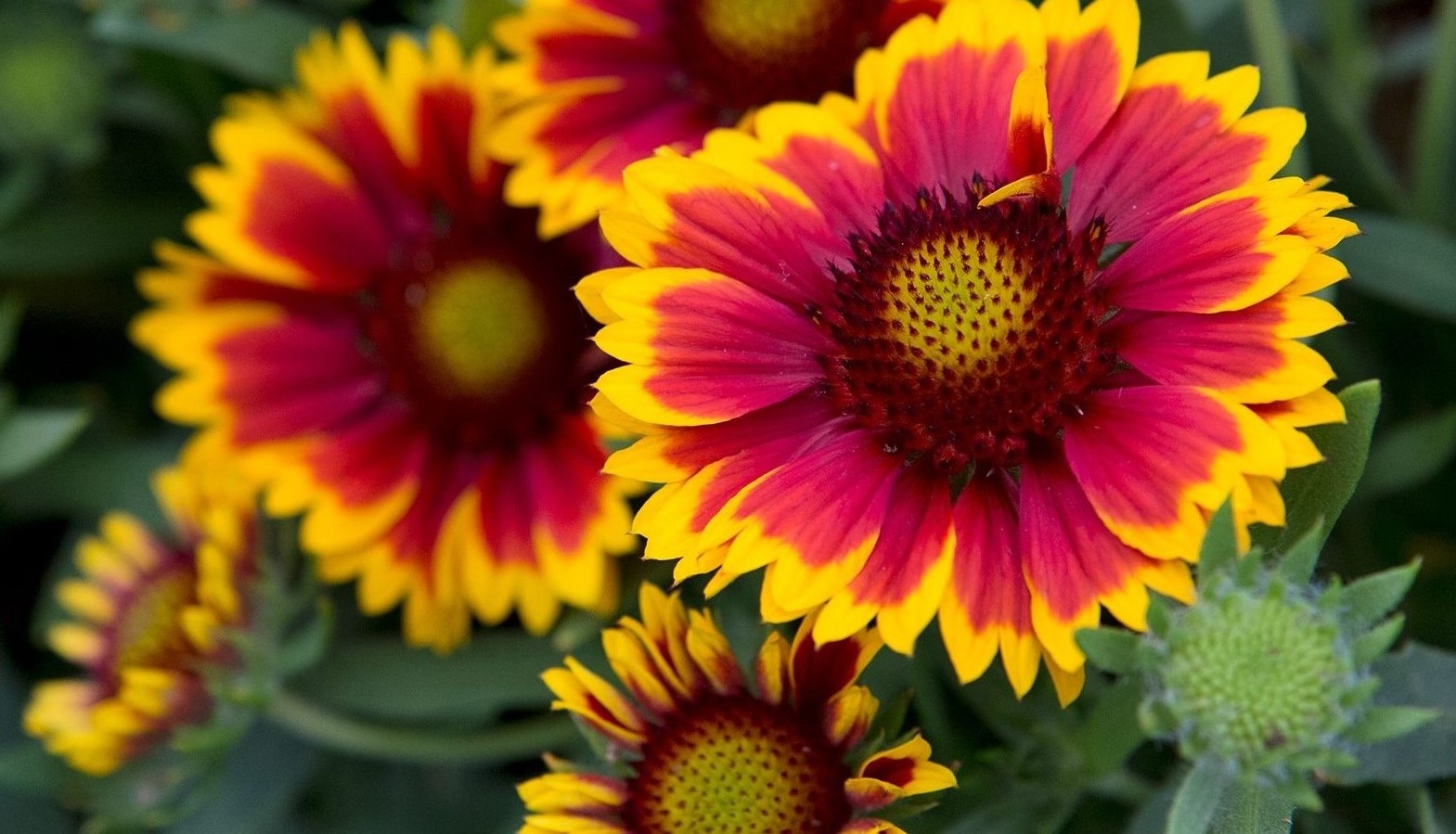
Gaillardia, also known as blanket flower, is a dazzling, vibrant plant that adds a splash of color to any garden. With its striking red, orange, and yellow blooms, it attracts butterflies, making it a favorite among gardeners aiming to create a butterfly-friendly space. This hardy perennial thrives in sunny conditions and poor soil, requiring minimal care while providing continuous blooms throughout the summer. Its unique, daisy-like flowers not only beautify gardens but also support local ecosystems by attracting pollinators. If you’re looking to enhance your garden’s appeal and support wildlife, Gaillardia is a fantastic choice.
Read More About Gaillardia: 19 Surprising Facts About Gaillardia
Was this page helpful?
Our commitment to delivering trustworthy and engaging content is at the heart of what we do. Each fact on our site is contributed by real users like you, bringing a wealth of diverse insights and information. To ensure the highest standards of accuracy and reliability, our dedicated editors meticulously review each submission. This process guarantees that the facts we share are not only fascinating but also credible. Trust in our commitment to quality and authenticity as you explore and learn with us.
